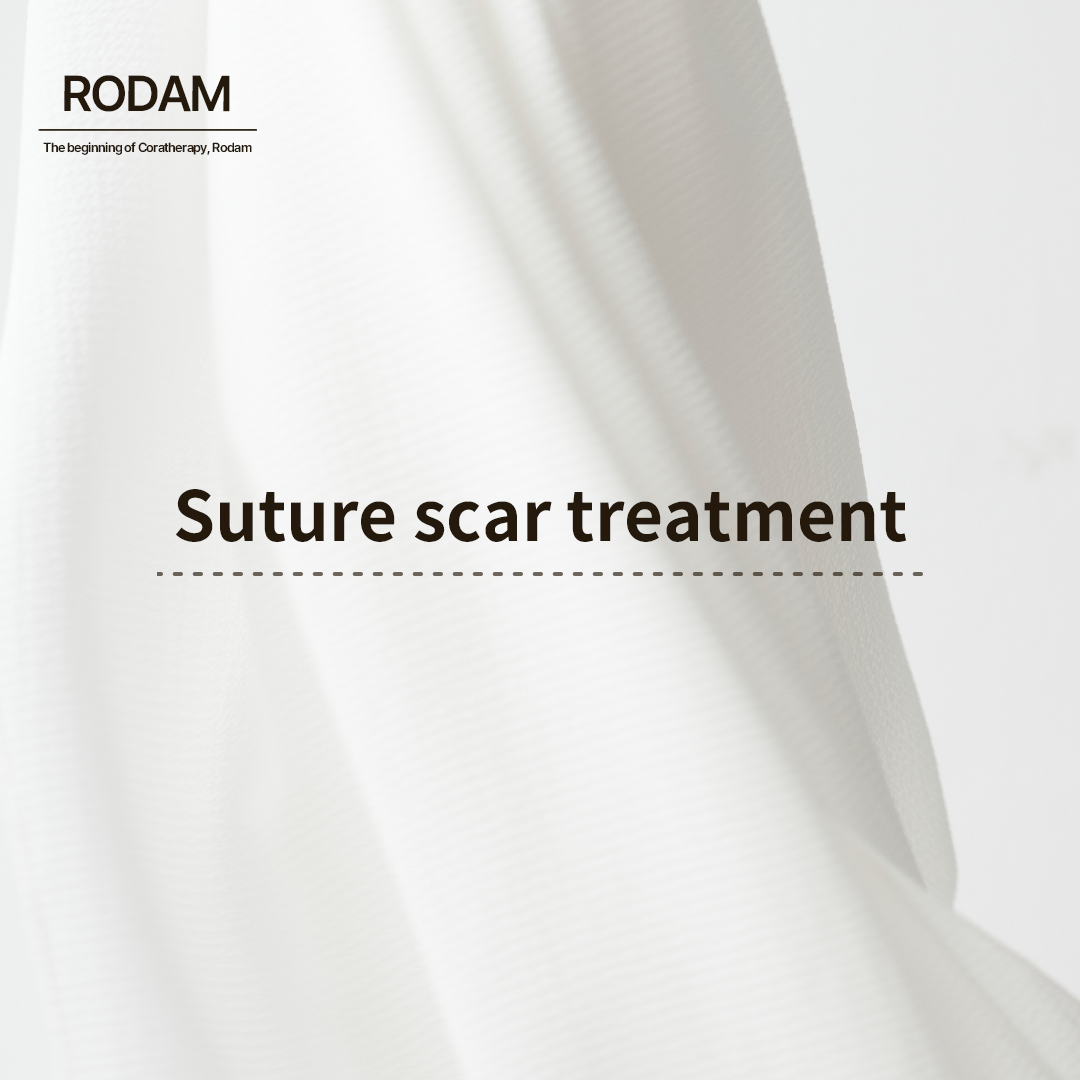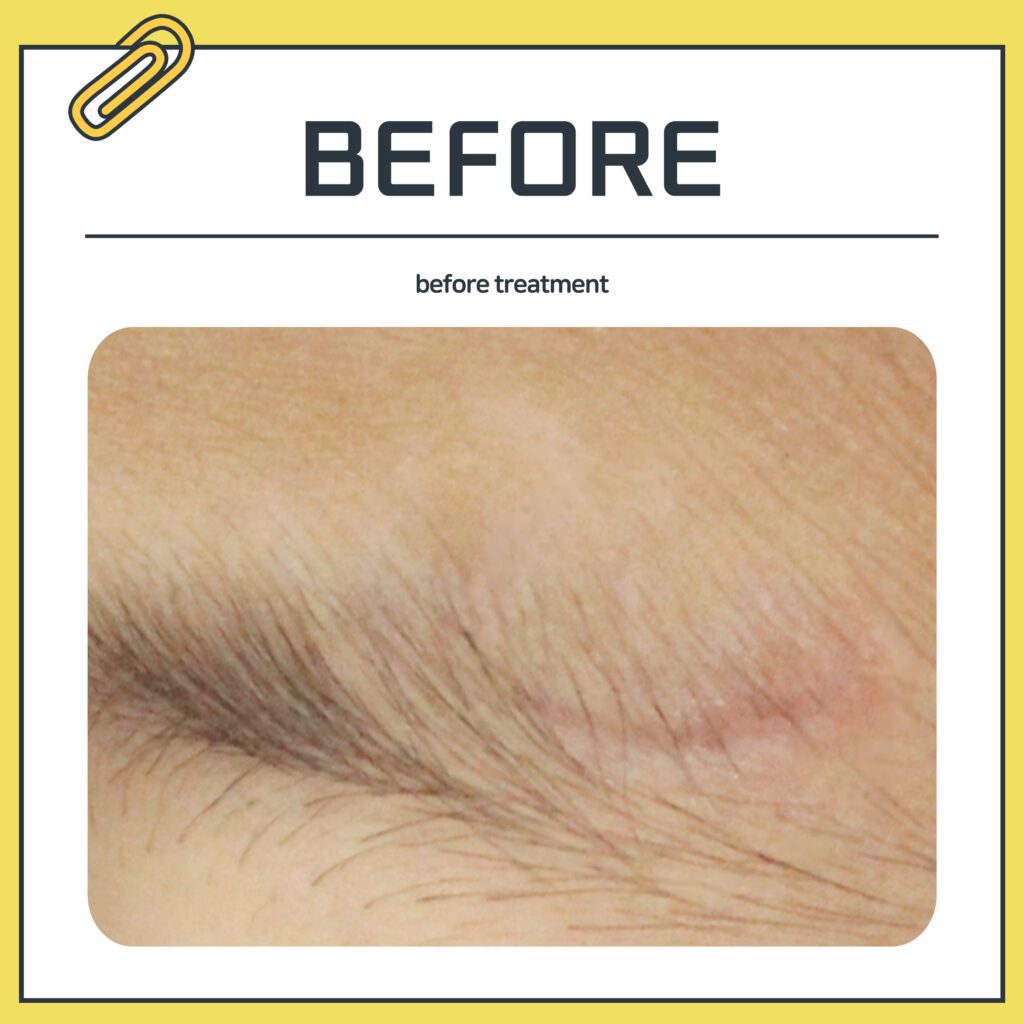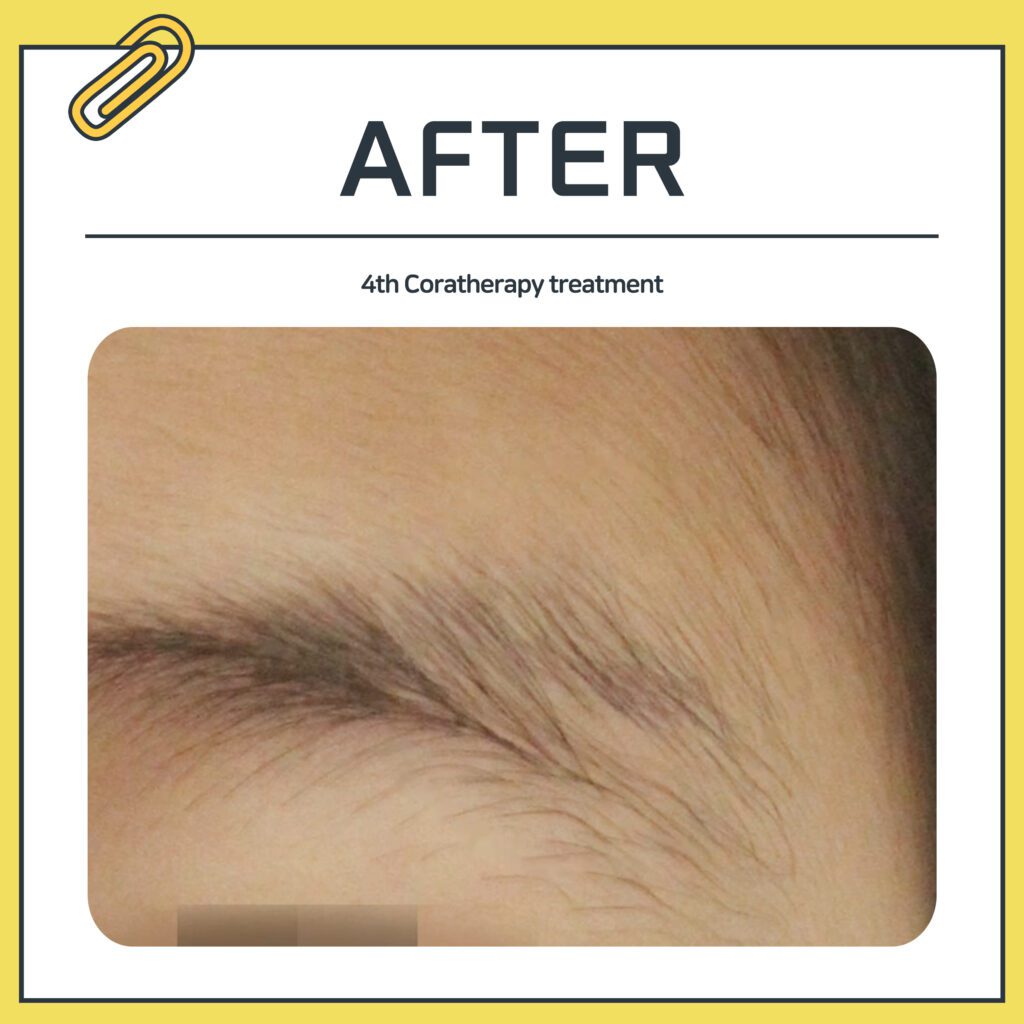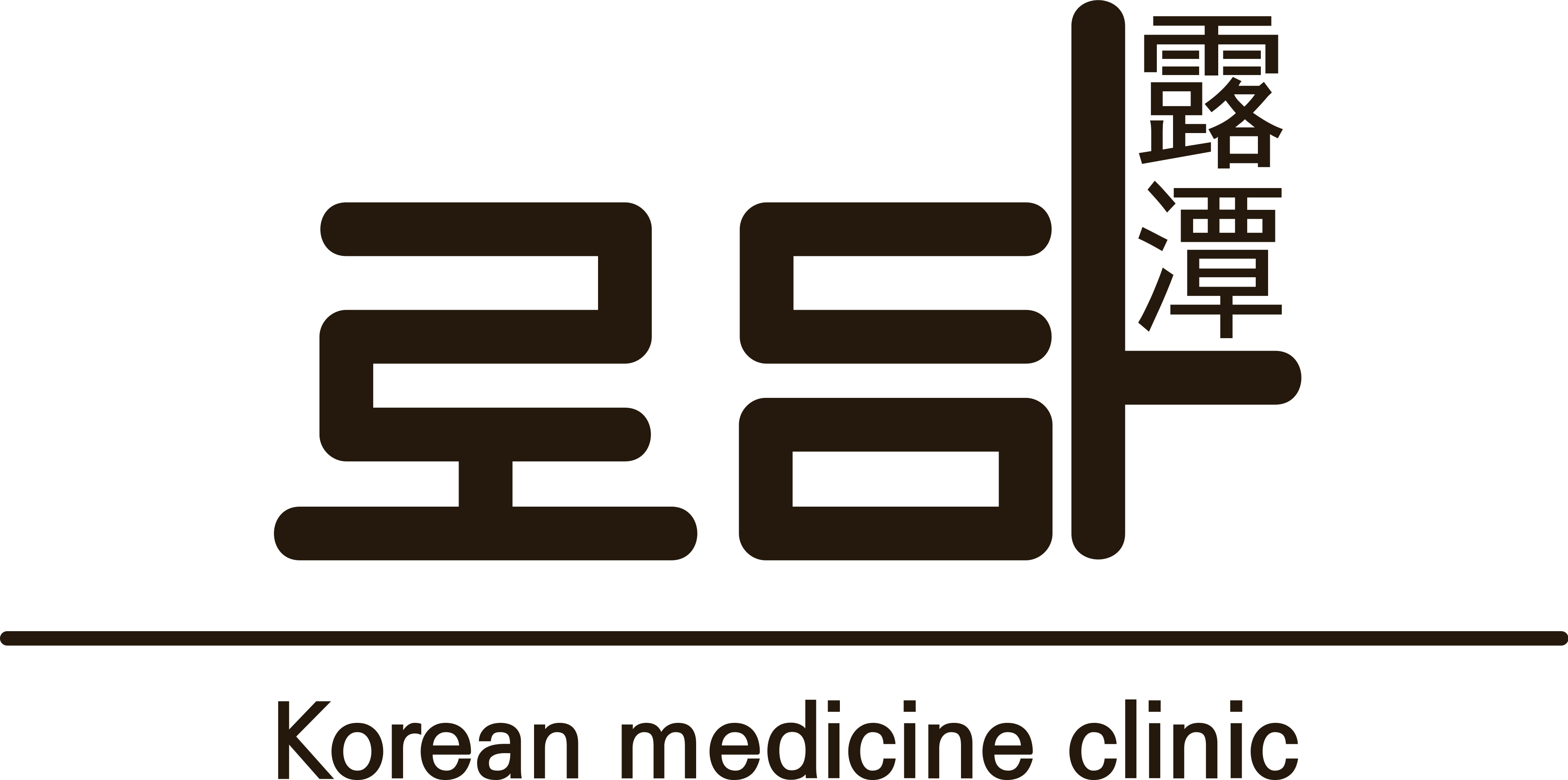
Children’s Suture Scar Treatment with Coratherapy at Rodam Korean Medicine Clinic
Hello, this is Rodam Korean Medicine Clinic, the beginning of Coratherapy for scar removal.
Children often get scratches and wounds here and there, even if you take your eyes off them for just a moment.
In severe cases, sutures are sometimes required.
Although children generally recover very well from any type of wound,
scars often remain after suture treatments for lacerations.
In such cases, ointments or natural healing have their limitations, leading to treatments like lasers or fillers.
However, since children have excellent natural skin recovery abilities,
we recommend treatments that utilize this recovery potential.
Today, we would like to explain how Rodam treats suture-related depressed scars in children
with actual recovery cases.


*Before treatment photo / 2019.12.31 (Date of photo)
Case :: Suture scar from a wound that occurred a month ago
History :: No prior treatment experience
Report :: 6 sessions of Coratherapy conducted
The patient we are discussing today is a 6-year-old boy who
visited our clinic with his parents due to a depressed scar
that formed after receiving suture treatment for a laceration about a month ago.
The wound from the suture had already healed well,
but the scar area was noticeably sunken, requiring special treatment.
Depressed scars tend to become more noticeable over time,
so receiving appropriate treatment early is crucial.
Even though the visit was made just a month after the injury, the scar area was visibly sunken,
and there was a clear difference from the surrounding skin, as seen in the pre-treatment photo.
Since the patient was a child, it was difficult to apply deep stimulation in one session,
so we planned a total of 6 sessions of Coratherapy and began the treatment.

*Photo after 4 sessions / 2020.06.19 (Date of photo)
In the case of young patients, their skin regeneration ability is high, so treatment effects appear quickly.
This can be confirmed in the photo taken after the 4th session.
Even though only 4 sessions were completed,
the scar area became less noticeable to the point where it was hard to see without looking closely,
and the skin became smoother.
Although it would have been sufficient to stop treatment at this point,
we continued with the remaining 2 sessions
because our goal was not only to fill the scar but also to achieve fundamental recovery.

*Photo after 6 sessions / 2020.07.24 (Date of photo)
This is the result after completing the 6th session.
The depression of the scar has completely disappeared, and compared to the pre-treatment photo,
you can see that the eyebrow, which had disappeared due to the scar, has grown back.
This additional recovery is due to the Coratherapy treatment method.
Coratherapy conducted at Rodam Korean Medicine Clinic is
not just acupuncture treatment to break scar adhesions,
but a treatment that stimulates the dermis to regenerate collagen, thereby
regenerating the skin.
During this process, pores also recover,
allowing the eyebrow that had not grown to regrow.
Of course, this dramatic effect may be due to the fact that the patient was young.
Young patients have superior skin regeneration abilities compared to adults,
so relatively quick improvements can be observed.
However, this does not mean that adults or middle-aged individuals cannot see results.
By providing customized treatments tailored to each patient’s skin condition
and carefully monitoring progress during each session,
depressed scar treatment is fully achievable regardless of age.
At Rodam, we have been building expertise since 2006
to provide unmatched treatments.
Even with the same name, the results differ depending on who performs the treatment.
If you are concerned about depressed scars, now is the time to resolve them with Coratherapy at Rodam Korean Medicine Clinic.
*Redness, swelling, bruising, and inflammatory reactions may occur during treatment.
*Therefore, please actively follow your doctor’s prescriptions and management instructions.
*Treatment results may vary depending on the patient’s condition, treatment method, and other factors.

